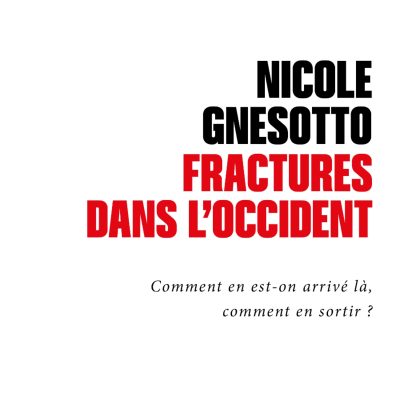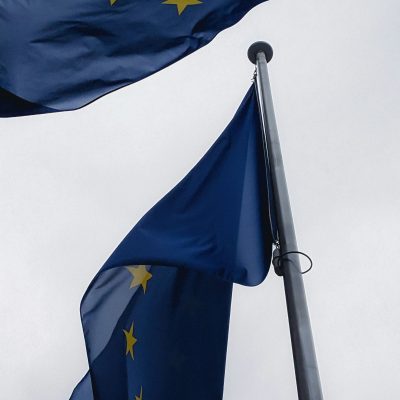The Future of Europe: Towards a Two-Speed EU?

The book written by Jean-Claude Piris in 2011 asks the question whether we are heading “towards a two-speed EU?”. He explains that the EU is not well prepared to address current and future challenges and shows that moving towards a “two-speed Europe” is feasible and necessary.
Jean-Claude Piris develops four options that could serve EU decision-makers in order to leave the status quo behind and advance. The first two of these options propose a classic, but substantial, treaty revision; or – if this proves impossible – the use of the entire toolbox that the Lisbon Treaty provides in order to proceed with the closer cooperation of some member states. The alternative approaches involve building a two-speed Europe – either “politically” with a declaration, or else “legally” with an international agreement, as options three and four.
This book can be seen as the manual for the so-called “Forum” that has started to negotiate the Intergovernmental Treaty as of late December 2011. While the declaration of 8 and 9 December 2011 looks like a preliminary decision in favour of the fourth option presented by Jean-Claude Piris, much will depend on the final content of the international agreement.
Jean-Claude Piris’ main proposals and conclusions are presented in this synthesis realized by Valentin Kreilinger.




